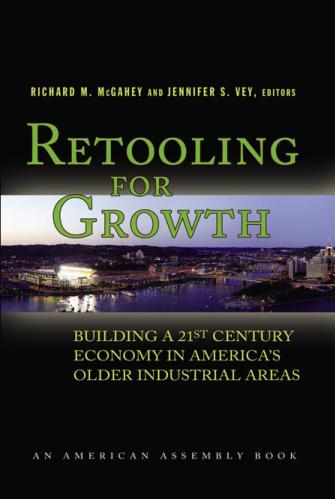Studies in this week’s Hutchins Roundup find that government programs reduce poverty more than estimates based on survey data suggest, an older population may put upward pressure on inflation, and more.
Want to receive the Hutchins Roundup as an email? Sign up here to get it in your inbox every Thursday.
Government programs reduce poverty more than estimates based on survey data suggest
Bruce D. Meyer and Derek Wu of the University of Chicago combine administrative data with Survey of Income and Program Participation data from 2008 to 2013 to explore how much Social Security and means-tested programs reduce poverty. They find that Social Security reduces the poverty rate by 36 percent and means-tested transfers reduce the poverty rate by 16 percent from what it would otherwise be. Social Security mainly benefits the elderly, reducing their poverty rate by 80 percent. Means-tested programs, on the other hand, reduce the poverty rate for single parent families by 32 percent, while only reducing the elderly poverty rate by 4 percent. The authors argue that their results are more accurate than previous estimates because they use both administrative and survey data. Survey data understate the effects of both social security and means tested programs on poverty, they find.
An older population may put upward pressure on inflation
Persistently low inflation in advanced economies has led to the hypothesis that demographic change might be affecting the inflation rate. Using data on 22 countries from 1870 to 2016, Mikael Juselius of the Bank of Finland and Előd Takáts of the Bank for International Settlements show that an increasing share of the population under 24 and over 54 is associated with increased inflation, while an increasing share of prime-age workers tends to reduce inflation. Although there is no accepted theoretical explanation for how demography could affect trend inflation, the authors hypothesize that populations with more old and more young tend to save less as parents spend money on their children and old people spend down their lifetime savings. This raises the natural rate of interest, reducing the likelihood of hitting the zero lower bound and thereby leading to higher inflation on average, they conjecture. The authors suggest that inflationary pressures will rise as the baby boomer generation retires.
Availability of unconventional monetary policy tools reduces possible benefits of higher inflation target
José Dorich of the Bank of Canada and co-authors evaluate whether raising the inflation target above the current 2 percent would improve Canadian macroeconomic stability. Increasing the inflation target to 3 or 4 percent would reduce the chance of hitting the effective lower bound on interest rates, and decrease the impact of a negative shock on inflation and output. But the benefits are less if the central bank relies on forward guidance and quantitative easing when lowering interest rates won’t suffice, they argue. They also find that, if the neutral interest rate is in line with current estimates and unconventional monetary policy tools are available, a higher inflation target would only modestly improve macroeconomic outcomes. But if the real neutral rate is deeply negative, then a higher inflation target would substantially improve macroeconomic stability even if unconventional monetary policy tools are used.
Chart of the week: Federal Reserve and European Central Bank balance sheets diverge

Quote of the week:
“Since the Fed is the central bank of the world’s largest economy and issuer of the world’s most widely used reserve currency, it is to be expected that the Fed’s policy actions will spill over to other economies. … But the influence of U.S. monetary policy on global financial conditions should not be overstated. … [C]apital flows to EMEs [emerging market economies] were already very strong before the Global Financial Crisis, when the federal funds rate was comparatively high. The subsequent surge in capital flows in 2009, as the crisis was abating, largely reflects a rebound from the capital flow interruption during the crisis itself, though highly accommodative monetary policies in advanced economies doubtless also played a role. Moreover, capital flows to EMEs started to ease after 2011, a period when the Federal Reserve continued to add accommodation and reduce yields through increases in its balance sheet,” says Jerome Powell, chairman of the Federal Reserve.
“[M]ore recently, capital flows to EMEs have picked up again despite the fact that the Fed has been removing accommodation since 2015. … Monetary stimulus by the Fed and other advanced-economy central banks played a relatively limited role in the surge of capital flows to EMEs in recent years. There is good reason to think that the normalization of monetary policies in advanced economies should continue to prove manageable for EMEs.”
The Brookings Institution is committed to quality, independence, and impact.
We are supported by a diverse array of funders. In line with our values and policies, each Brookings publication represents the sole views of its author(s).










Commentary
Hutchins Roundup: Government programs reduce poverty, inflation and an aging population, and more
May 10, 2018